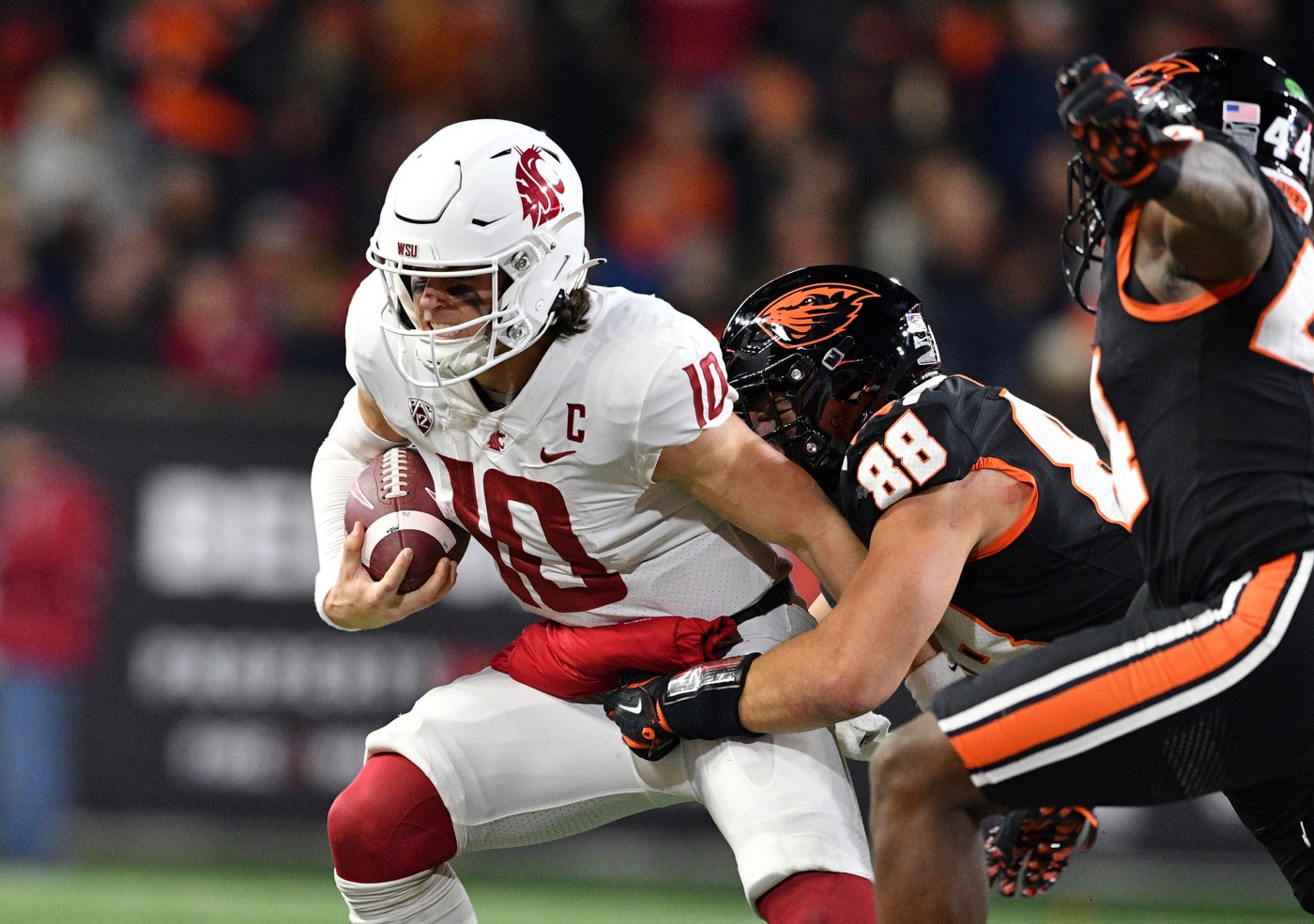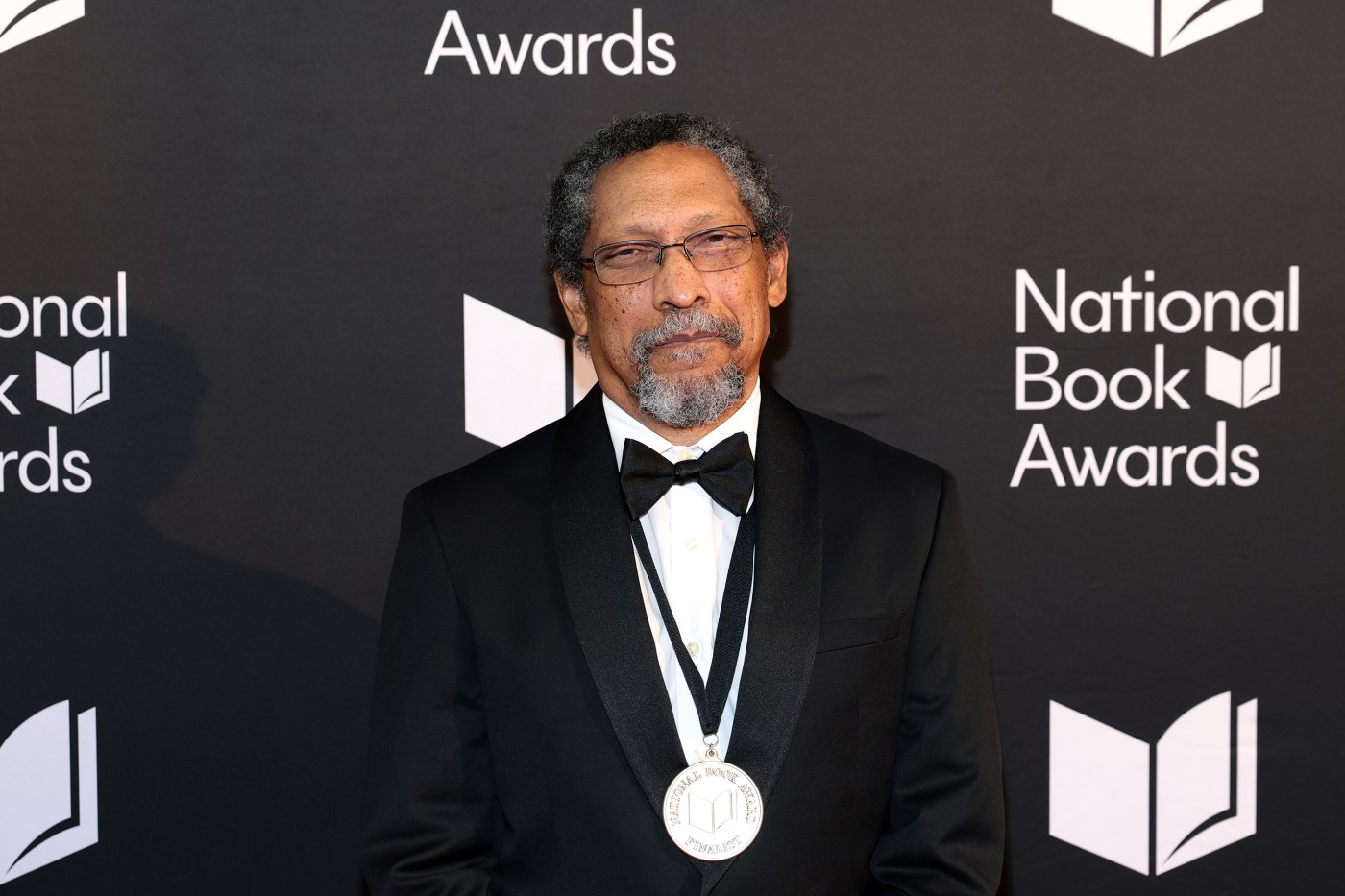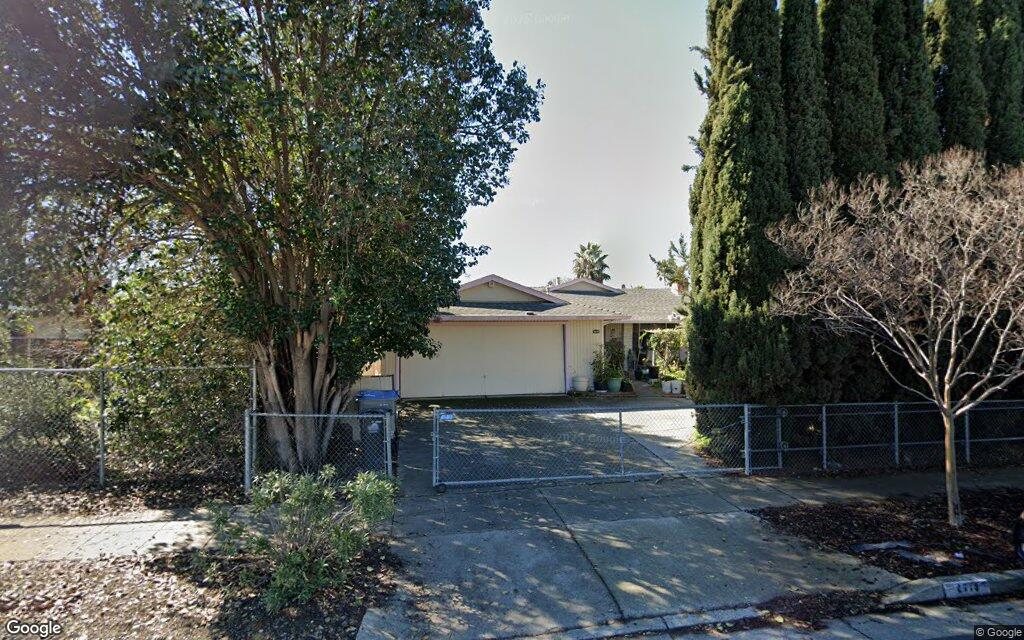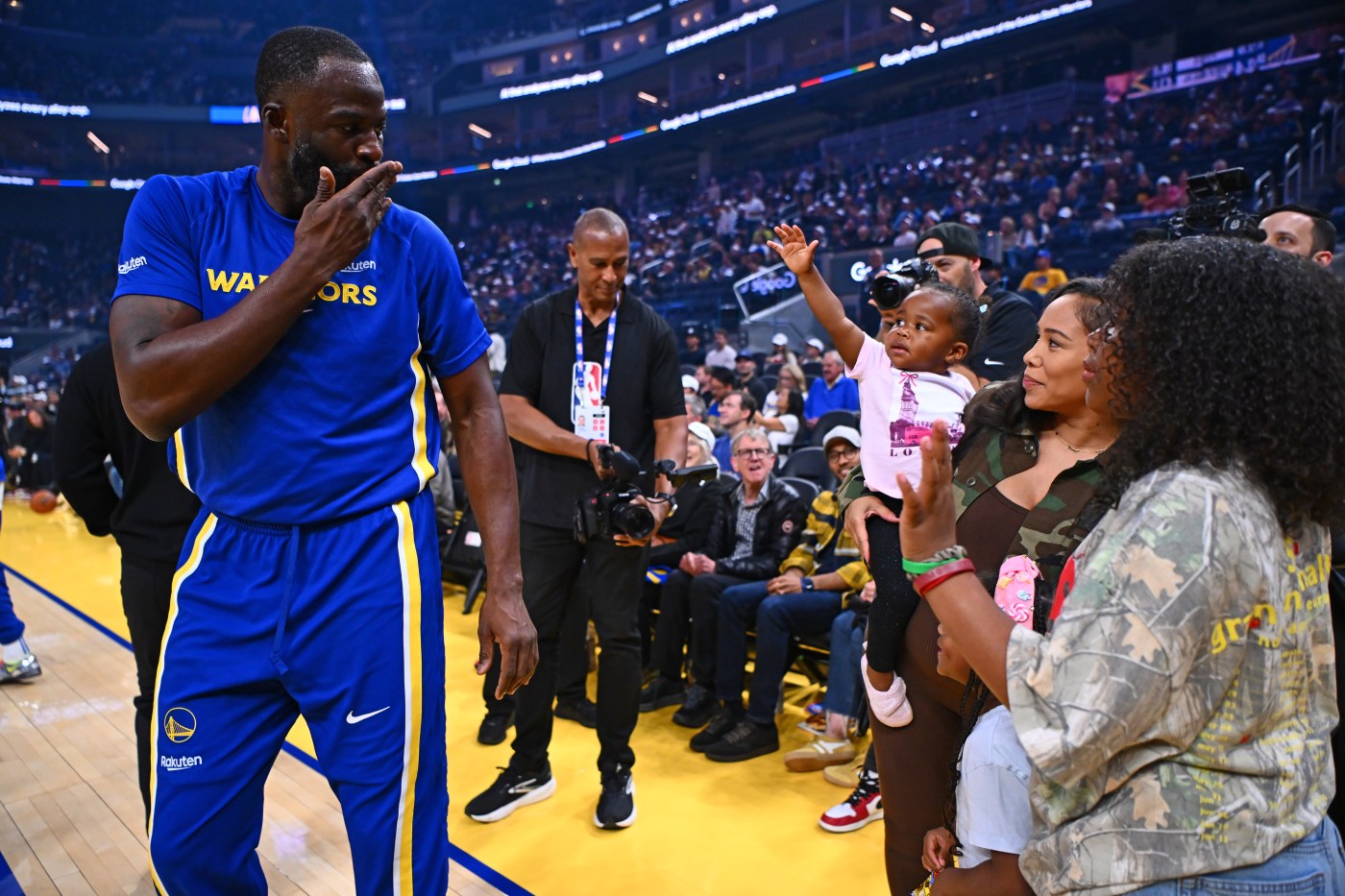Two athletic directors separated by 400 miles addressed the same subject at the same time but with noticeably different tones.
There was Oregon State’s Scott Barnes, discussing the Pac-12’s media rights agreement for the 2025 season on a Portland radio show Tuesday afternoon, brimming with enthusiasm over the deal itself and the Beavers’ position in the conference’s new era.
And there was Washington State’s Anne McCoy, commenting on a variety of issues during a webinar with reporters. She was upbeat over the media deal that places nine WSU and OSU home games on The CW, two more on CBS and two on ESPN. But McCoy’s overall tone was measured, if not cautious, especially when the topic turned to WSU’s budget.
The Cougars and Beavers, who charged arm-in-arm through an existential crisis, don’t seem like equals these days.
Yes, they have taken the Mountain West to court over the poaching penalty fees. They have locked up a broadcast deal for 2025, secured six new members for 2026 and are perhaps weeks away from announcing a longer-term media rights partnership that will span the decade.
But on campus-specific matters — from the alignment of vision to the state of the budget to the strength of the football roster — the forecast seems brighter in Corvallis than Pullman.
That’s hardly a surprise given the events of the past year.
Oregon State’s leadership is entrenched, with a president, Jayathi Murthy, steeled by the challenges of the past two-and-a-half years. Barnes has been a major college athletic director for almost two decades and is ending his 10th year with OSU. Football coach Trent Bray, hired in the fall of 2023, has his staff and roster in place after a difficult first season.
The top of the org chart in Corvallis appears aligned, committed and ready for anything after enduring … everything.
Meanwhile, turnover has whacked the Cougars where it matters most.
Football coach Jimmy Rogers was hired in December from South Dakota State to replace Jake Dickert. McCoy just concluded her first year as an athletic director following decades of senior-level roles at WSU. And there’s a new president, Elizabeth Cantwell, who has been on the job for a grand total of 31 days.
Cantwell arrived from Utah State and is learning the culture, building trust with the governing board and — in addition to everything else on her plate — determining the appropriate funding for the athletic department.
During her call with reporters on Tuesday afternoon, in fact, McCoy was asked about WSU’s budget for 2025-26. Will it return to 2024 levels or remain at the lower figure imposed for the current competition year?
“We’re in the middle of the budget process,” McCoy said. “It’s probably a little early for me to say where we’ll land.”
WSU’s decision will do much more than impact success on the field and the court in the upcoming season. It will offer clarity into the university’s commitment level.
Some data points provide context:
— The Cougars spent $89 million on athletics in the 2024 fiscal year, whereas Oregon State’s budget was $113 million, according to NCAA financial reports obtained by the Hotline.
— The Cougars are expecting to spend $74 million this year, whereas Oregon State’s budget was pegged at $92 million, based on a university financial report presented last year.
— The disparity exists in football, as well. WSU spent $20 million on the program last year while OSU spent $26 million.
— There’s a difference in coaching salaries, too. Oregon State handed Bray a deal worth $2 million annually when he accepted the position in the fall of 2023, with no head coaching experience. Washington State hired Rogers for $1.57 million annually in December, per reports, after his successful run leading South Dakota State.
Related Articles
Big 12 QB rankings: Sam Leavitt, Rocco Becht, Avery Johnson top 2025 list
Pac-12 signs media deal for 2025
The top West Coast prospects for the 2026 NFL Draft, from Fano and Leavitt to Sadiq and Boston
NFL Draft winners, losers: From Shedeur Sanders, Mel Kiper to SEC, Big Ten
Shedeur Sanders plunges, Rose Bowl time change, House approval on hold
At that level, Rogers’ compensation compares poorly to head coaches in the new Pac-12.
Boise State just signed Spencer Danielson to a deal worth $2.2 million. Utah State’s Bronco Mendenhall is just behind Danielson at $2.1 million, followed by San Diego State’s Sean Lewis and Colorado State’s Jay Norvell.
Put another way: Rogers ranks sixth of the seven, ahead of only Fresno State’s Matt Entz, who was not a sitting head coach at the time of his appointment a few months ago.
Divergent paths are emerging across the Pac-12 landscape, with the Beavers seemingly better positioned than WSU for the next step.
The schools survived the Pac-12’s collapse and have secured their near-term futures. But they will face stiff competition from newcomers for superiority within the rebuilt league. Boise State (football) and Gonzaga (basketball) are particularly daunting.
Nobody knows what shape college sports will take in the 2030s, but everyone knows the next five years are effectively an audition for whatever comes next. Winning matters more than ever before.
The Beavers and Cougars have laid the requisite foundation with their work salvaging the conference. What comes next depends, to a great extent, on willpower at the local level.
Anything short of the maximum possible commitment could have consequences that last decades.
*** Send suggestions, comments and tips (confidentiality guaranteed) to [email protected] or call 408-920-5716
*** Follow me on the social media platform X: @WilnerHotline





